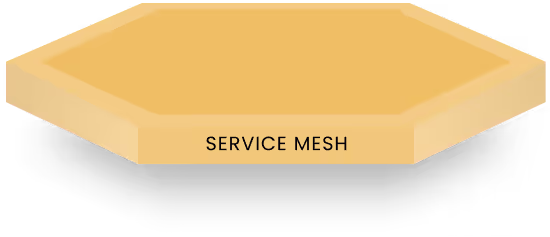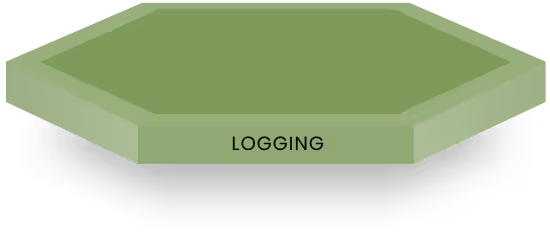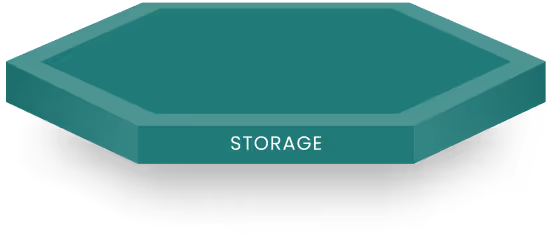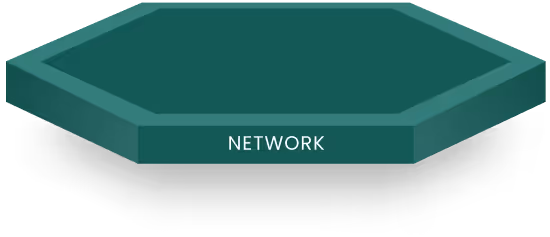Your infrastructure, just the way you want it
Palette frees you to build the perfect Kubernetes stack for your applications, and deploy it to the widest possible choice of environments. We’re not opinionated — so you can be!
.png)

Your stack, your way
Any Kubernetes cluster is made up of many different layers… from infrastructure layers like the OS and Kubernetes distro, to add-ons like monitoring tools, ingress, service mesh, security, and many other components that might be vital to the running of your applications.
Other Kubernetes management platforms have strong opinions and limit your choice. Not Palette. At every layer we strive to offer multiple options, available as prebuilt ‘packs’ hosted in our public repositories and supported directly by us — often in multiple versions. And we make it easy to extend and add your own software elements too through your own private repositories.
With near infinite combinations at your fingertips, you can build the right stack for each of your clusters, applications and development teams, then package that blueprint into a reusable Cluster Profile for repeatability and consistency.
















.png)






Clusters, wherever you want them
We don’t just live in a multicloud world — we live in a multi-environment world. And Palette enables you to deploy and manage multiple Kubernetes clusters in more environments than anyone else.
In the cloud, we support AWS, Azure and Google Cloud.
In the data center, we support VMware and OpenStack, plus bare metal destinations through Canonical’s Metal As A Service (MAAS).
And we support edge hosts, too, both native bare metal and virtualized, single and multi-node, including air-gapped devices.
Bring your existing clusters with you
We know that you already have Kubernetes clusters running that you deployed using another tool, and the last thing you want is to have to ‘rip and replace’ when you start using Palette.
In brownfield scenarios like this, Palette has the ability to import existing clusters hosted in a variety of environments, giving you a single pane of glass — Palette — to monitor and manage all your clusters.











